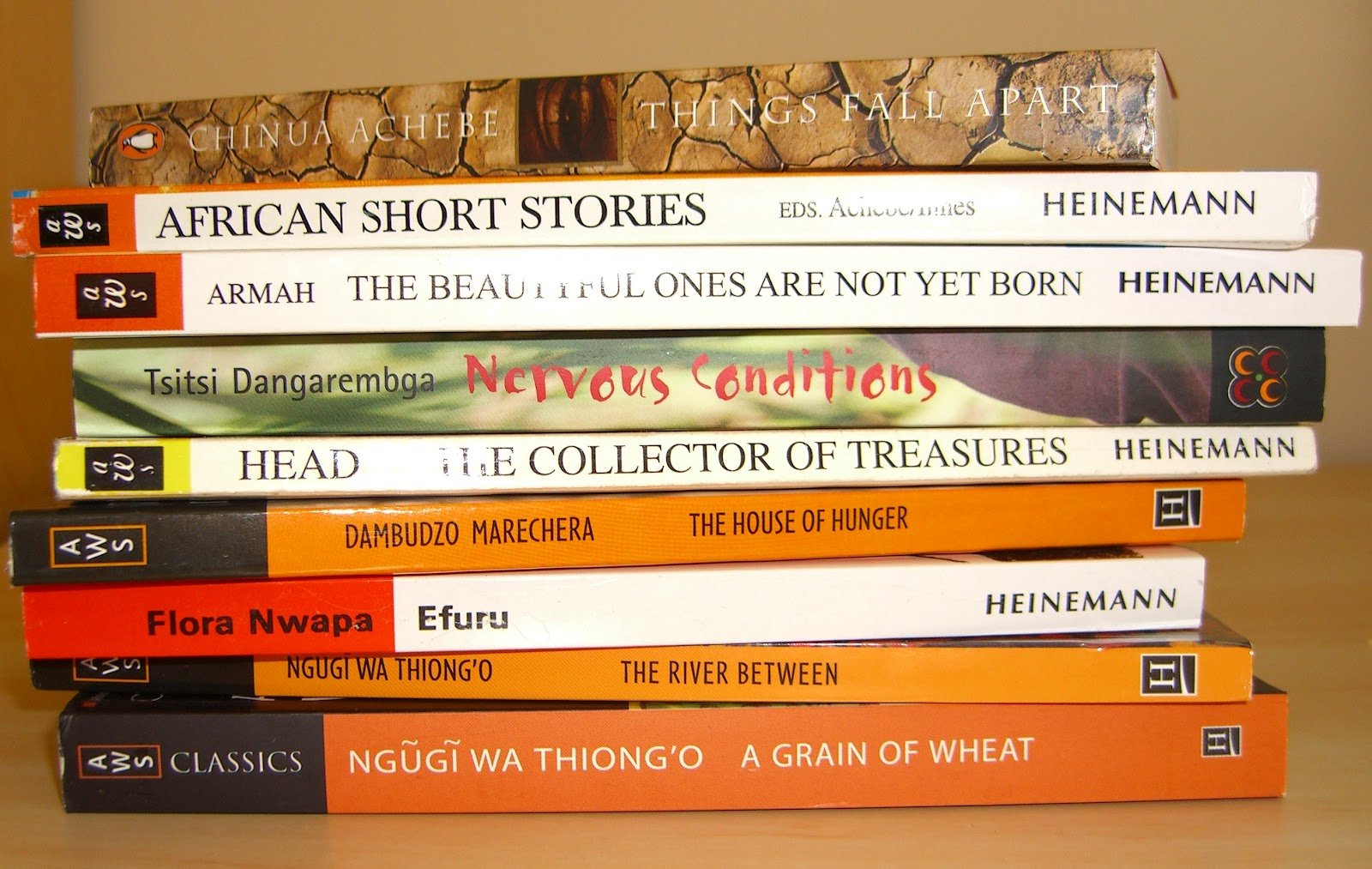Have you ever picked up a book or an article that you developed a curiosity for because of its title?
Well, having the right title is a critical way to spark people’s interest in your work because it is the first word(s) readers see. A title is a name given to a book, an article, or artistic work in a few words or phrases. Frank Crane once said, ‘Next in importance to books are their title’, which is why many writers struggle with it. If you struggle to come up with the perfect title for your book or article, let’s show you the basic principles that can help.
- Use keywords: Keywords are words or phrases that describe an idea or the central idea of your book/article. This is why, when you brainstorm ideas for your title, you need to ensure that it communicates the content of your writing adequately. For instance, if you are writing a book about animal rearing with a focus on expected trends in the future, your title could be The Future of Animal Rearing or The Evolution of Animal Rearing. With both topics, your readers already know what to expect.
- Keep the title simple: Don’t confuse your audience by using uncertain and obscure language. It could pass the wrong message. Let the choice of words be clear and easy to understand. Suppose, in the same example in the previous point, the writer chose a title like Comprehending the Intricate Progression of Mammalian Nurturage. No doubt, even you rolled your eyes at that. While it is saying the same thing, the likelihood is it would not be interesting enough to attract curiosity. Make your title easy to understand.
- Consider your audience: This point follows the previous one. While developing a good title, you want to ensure that you consider your audience by knowing what they want and the language that most appeals to them. For instance, Comprehending the Intricate Progression of Mammalian Nurturage could work for academic publishing because people in that field appreciate the complexity. However, if your audience is the everyday Jane or John, who wants to distil knowledge in the simplest way possible, The Future of Animal Rearing is your best bet.
- Keep it short and precise: A title is not a paragraph or a chapter and should not contain a long string of sentences. It should be clear, accurate, and straightforward.
- Avoid too many details: Every title aims to create interest in the reader’s mind. It should give an insight into the content rather than explaining in detail. If it’s too detailed, it could be too wordy, and you don’t want that. Your title should be an appetiser that creates a hunger for the main course.
With these tips, getting a title for your book/article shouldn’t be difficult. It’s okay if, after you have developed your content, you don’t have a title. All you need to do is read through it and decide if it will be in the form of a rhetorical question, a clear statement that answers your readers’ questions, or even an adage.
At Sabi Writers, we have perfected the art of titling. Beyond that, we can bring life to that book idea in your head. Contact us!

